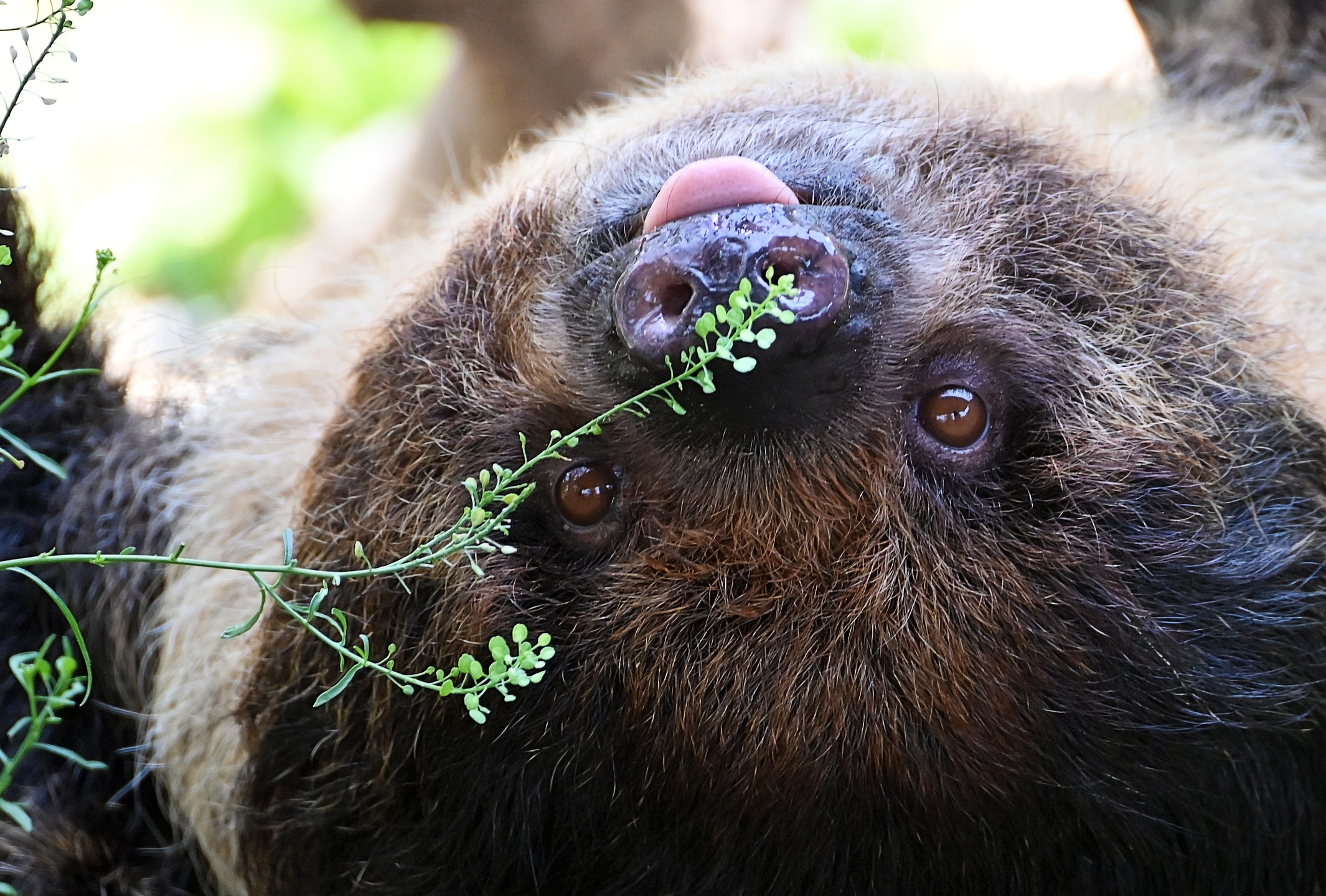- Understanding Bean’s physiological and behavioral adaptations
- Habitat and ecological significance of Bean’s Version
- Zoo management practices for Bean’s Version
- Conservation Strategies for Bean’s Version🦥🤪
- Educational initiatives and public engagement for Bean’s Version
Bean’s physiological and behavioral adaptations are fascinating and essential to its survival. This species has evolved various physical features and behaviors to thrive in its natural habitat. One notable adaptation is its slow metabolism, which allows it to conserve energy and survive on limited resources. The sluggish pace of Bean’s Version🦥🤪 is not merely a characteristic but a survival strategy. Additionally, their unique claw structure aids in climbing and gripping tree branches, vital for their arboreal lifestyle. Understanding these adaptations helps caregivers provide proper care in a zoo setting and ensures that conservation efforts are aligned with their natural behaviors.
The habitat and ecological significance of Bean’s Version are profound. This species occupies the dense, biodiverse rainforests, where it plays a critical role in the ecosystem. As herbivores, they contribute to seed dispersal, facilitating forest regeneration. Their frugivorous diet means they help in the germination of various plant species. The loss of habitats due to deforestation poses a significant threat to their survival. Highlighting their ecological role underscores the importance of preserving these environments not just for Bean’s Version but for the myriad of species reliant on these ecosystems.
Zoo management practices for Bean’s Version involve creating a habitat that mimics their natural environment as closely as possible. This includes maintaining appropriate temperatures and humidity levels and providing a diet similar to what they would find in the wild. Enclosures must have plenty of vertical space and foliage to simulate forest conditions, promoting natural behaviors such as climbing and foraging. Additionally, enrichment activities are crucial to mental stimulation and physical health. Regular health check-ups and keen observation of their behavior enable early detection of potential health issues, ensuring prolonged well-being.
Conservation strategies for Bean’s Version🦥🤪 require a multifaceted approach. Protecting their natural habitats from deforestation requires legal and community-based interventions. Breeding programs within zoos also play a vital role in maintaining genetic diversity. Collaboration with international conservation organizations can amplify efforts, ensuring a coordinated strategy across different regions. Public awareness and advocacy are instrumental in garnering support for conservation programs. Financial resources are often limited, and public donations can significantly aid in funding these initiatives.
Educational initiatives and public engagement for Bean’s Version are crucial to fostering a conservation mindset among the broader public. Zoos often serve as educational platforms where visitors learn about the species through interactive exhibits and informational sessions. Programs targeting schools and communities help instill a sense of responsibility toward wildlife preservation from an early age. Social media campaigns and documentaries can reach a wider audience, highlighting the importance of each species in the global biodiversity tapestry. Engaging the public not only raises awareness but also drives collective action towards conservation efforts.
Overall, Bean’s Version, with its distinctive physiological traits and essential ecological role, presents an important subject for both zoology and conservation. By implementing informed zoo management practices, robust conservation strategies, and comprehensive educational efforts, we can contribute to preserving this remarkable species. Through continuous research and public involvement, the survival of Bean’s Version🦥🤪 can be secured for future generations.
*****
Source Description
(Bean’s Version🦥🤪)


